Creating an environment that ultimately becomes peaceful, harmonious, and inviting is the ultimate aim for most interior design enthusiasts. Harmony in interior design is at the core of this pursuit. But what does harmony mean in interior design, and why is it so vital? Essentially, harmony is an atmosphere of coherence and smoothness in a room. It’s what holds each and every piece of furniture, every shade, and every ornament together in harmonious concordance. Learning harmony, you are able to turn any space into an oasis of indulgence and serenity.
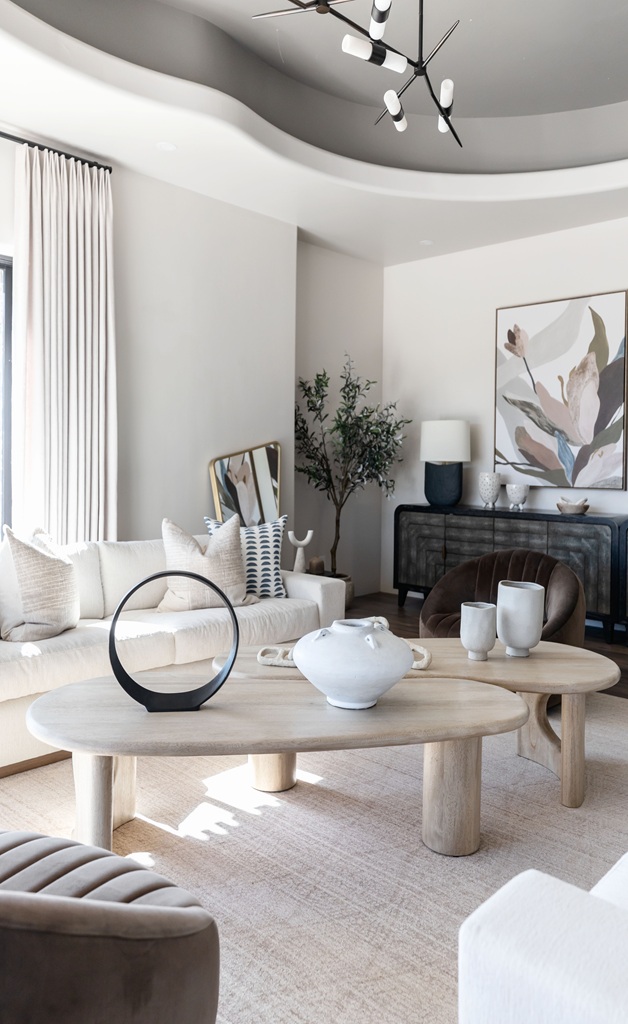
The Principles of Harmony in Interior Design
Learning harmony starts with recognizing its most basic principles. There are three most essential principles responsible for harmonious interiors: unity in interior design, balance, and proportion.
Unity and Variety
Unity is what keeps the things in your room together and makes them seem like they belong together. For instance, the same color or design theme repeated unites things that are disparate. Harmony, however, does not equate to monotony. Variety is also essential, as it creates visual interest and personality for your room. The coexistence of both unity and variety is where harmony lies. Too much of the same, and the room is dull. Too much difference, and the room is confusing.

Balance
Balance in interior design disperses visual weight evenly in a room. That isn’t always synonymous with symmetry, though symmetrical arrangements are lovely. Balance can also be found asymmetrical, where elements of different size, shape, or texture balance each other. Combining a bold sofa with an oversized wall decor piece, for instance, is employed to tie a room together.
Proportion
Proportion is the harmony of the sizes and scales of the various pieces in your room. A huge sectional in a small living room would disrupt harmony, but furniture that is the same scale as the room invites it. The same applies to comparing the size of area rugs, light fixtures, and decorative accents to one another. Thoughtful proportion makes everything feel deliberate and where it belongs.
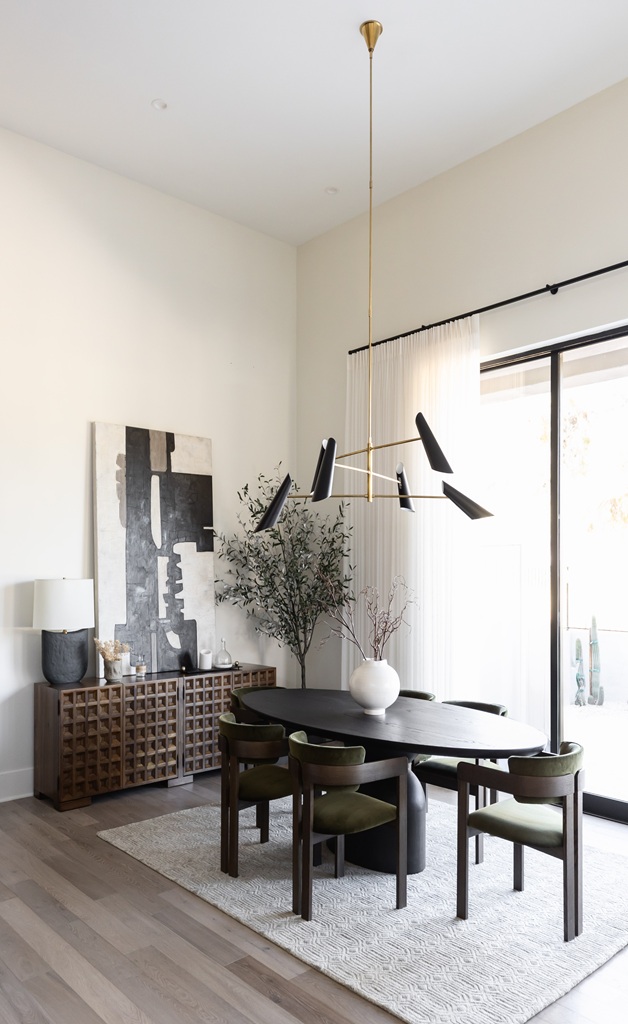
How to Design Harmony in Your Room
Designing harmony in interior design is a question of making thoughtful choices about color, texture, and pattern. These elements, when employed thoughtfully, create a space that is dynamic and cohesive.
Choosing a Color Scheme
The secret to harmony is the correct color scheme. Start with a neutral background for flexibility, and introduce one or two accent colors to introduce variety. Soft gradations of color, such as warmer or cooler tones of the same color, can create a warm flow. Introduce splashes of bright color in strategic spots to lead the eye without overpowering the room to introduce depth.
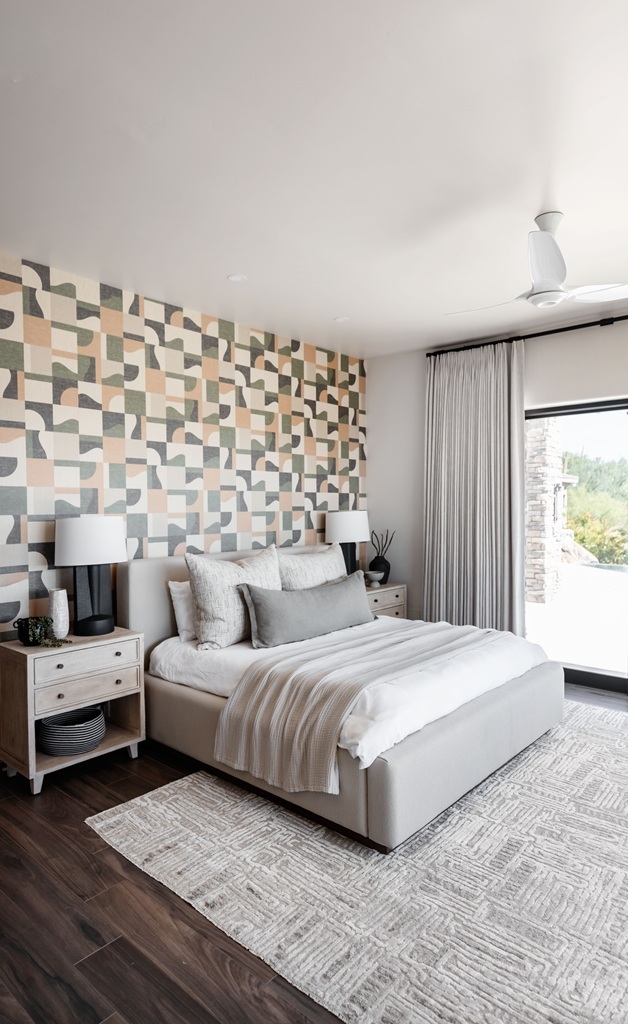
Layering Textures
Tactile harmony can be achieved. The mix of texture—from shiny wood and nubbly rugs to velvet pillows and woven baskets with texture—can add richness and depth to a space. Contrast soft and accent textures. One example: A high-gloss coffee table is beautiful paired with the flat, natural sheen of linen-drape curtains. Sensorily, this is interesting but not conflicting.
Blending Patterns
Where patterns are concerned, the rule of thumb is less is more. Choose patterns that share a similar color story or theme to help create harmony. The example of pairing a geometric patterned throw with quietly striped cushions creates depth without disharmony. Ensure patterns’ scale is diverse; pairing a big-scale floral with a small check, for example, maintains visual balance.
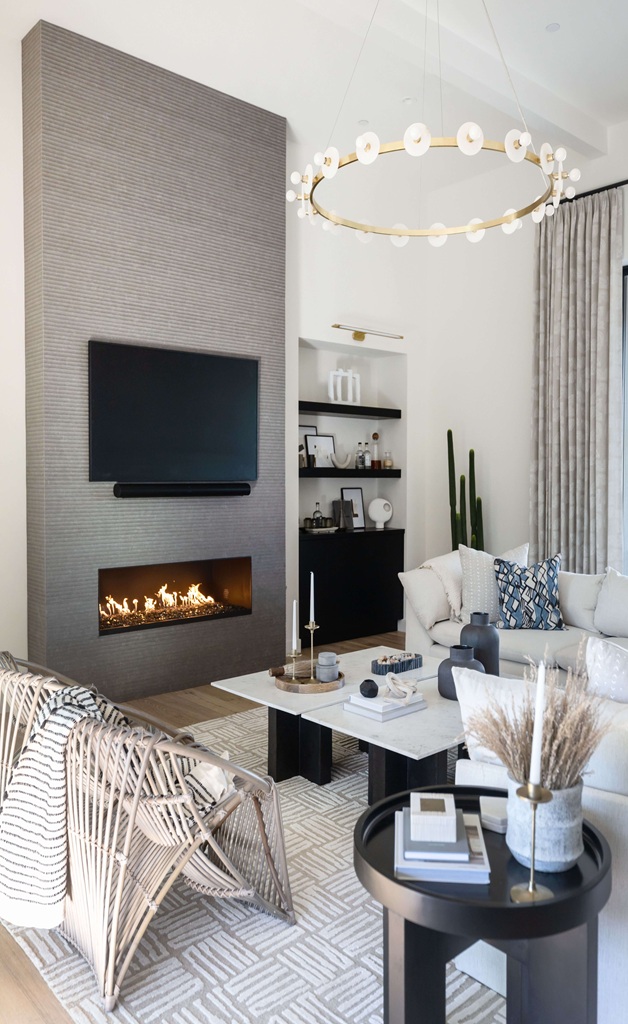
Design a Space That Feels Like Home
Interior harmony is more than aesthetics; it’s having a sense of home. When you harmoniously balance unity, balance, and proportion, and make thoughtful choices about color, texture, and pattern, you can have a room that’s warm and in harmony.
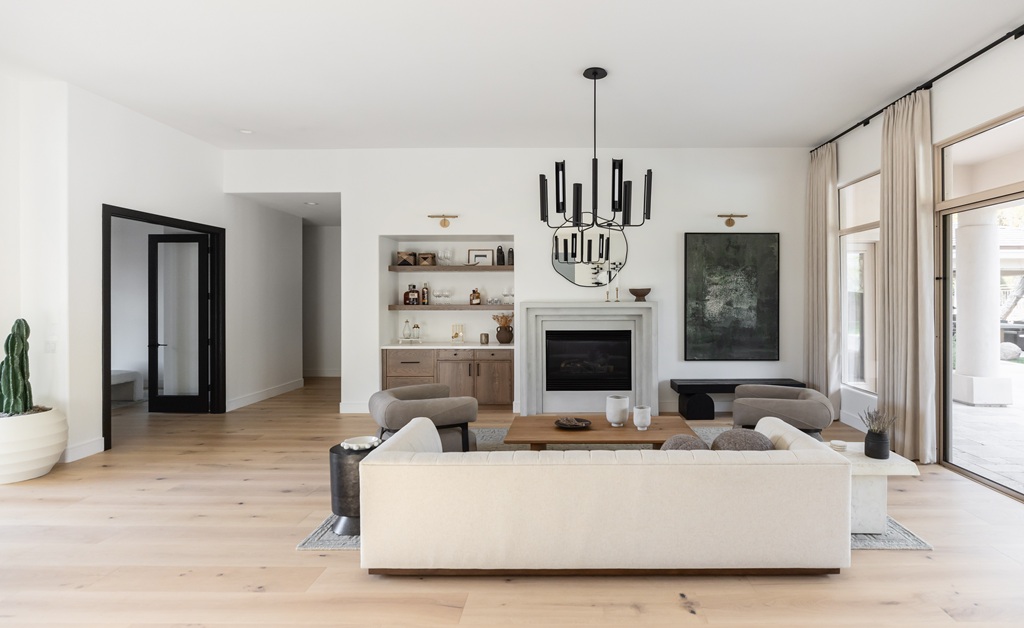
Begin with a dream of what you want your room to be like, and then bring these guidelines into action in order to create it. Whether you are planning for a whole house or remodeling a single room, the end product will certainly be a beautiful room where everything looks to belong. If you’re unsure where to start, consider working with a top-rated interior designer to bring your vision to life.
Keep Exloring: Unlock Stylish Living: Interior Design Ideas for Living Rooms by Living With Lolo
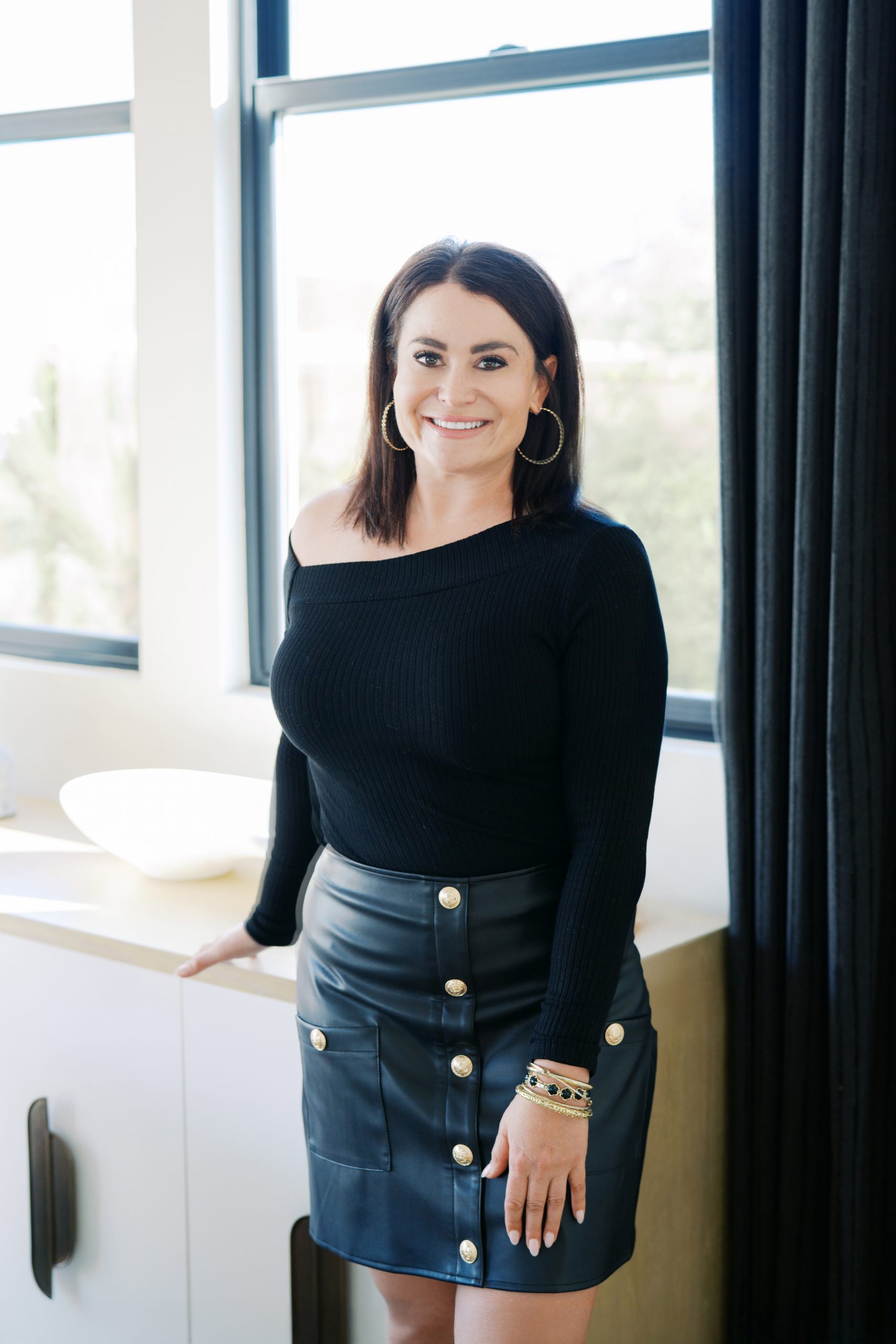
Lauren Lerner is the founder of Living With Lolo, a nationally recognized Scottsdale interior designer and an Arizona licensed general contractor. She is celebrated for creating luxury homes that are warm, livable, and deeply personal, blending thoughtful design with seamless construction and curated furnishings. Recognized as one of Arizona’s top interior designers, Lauren has worked with celebrities, athletes, and executives across the country. Her work, known for its elevated yet inviting style, has been featured in multiple national publications. Guided by the belief that great design should feel as good as it looks, Lauren transforms houses into homes that truly reflect her clients’ lives.
